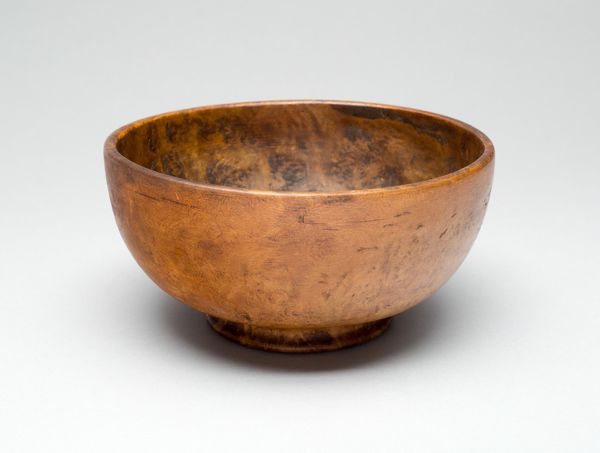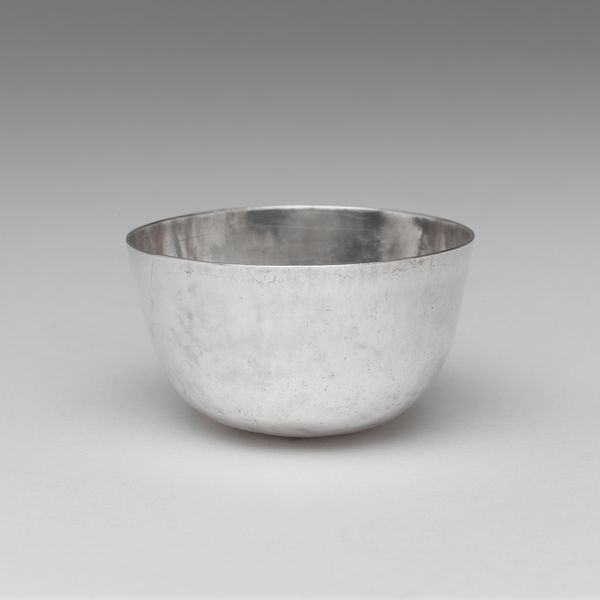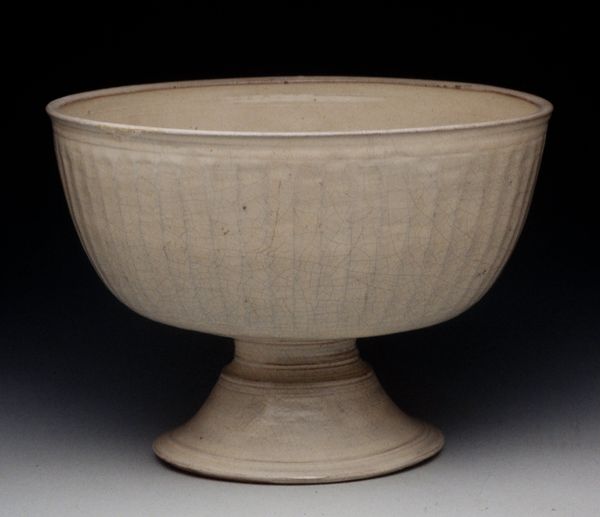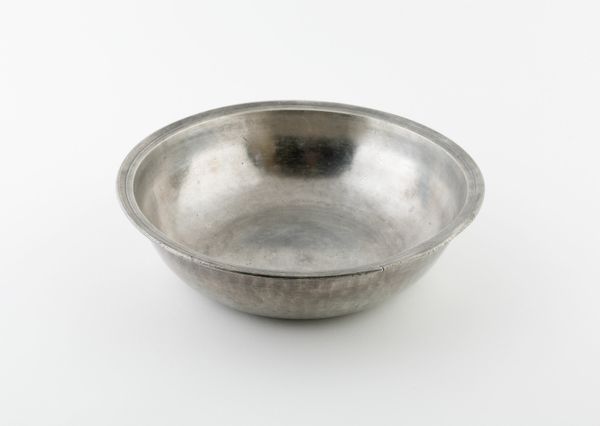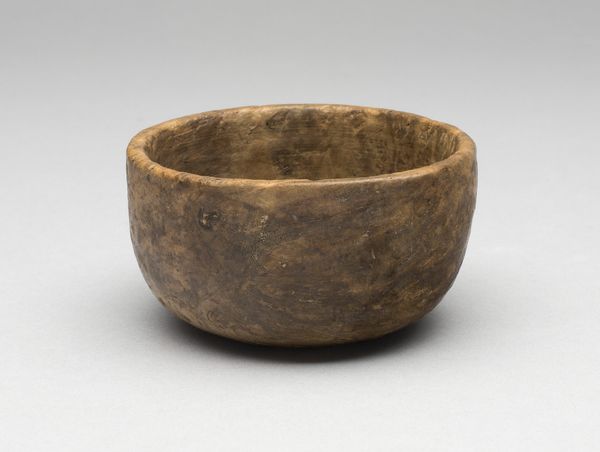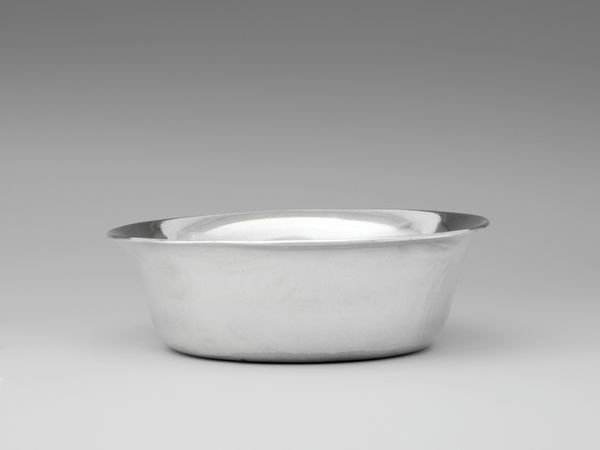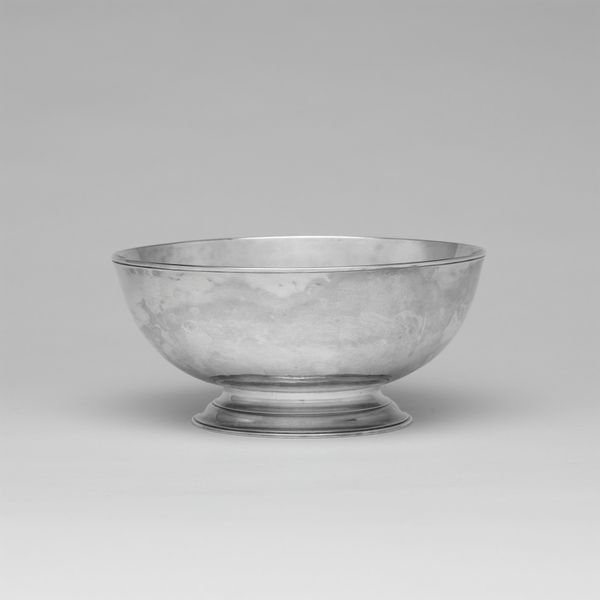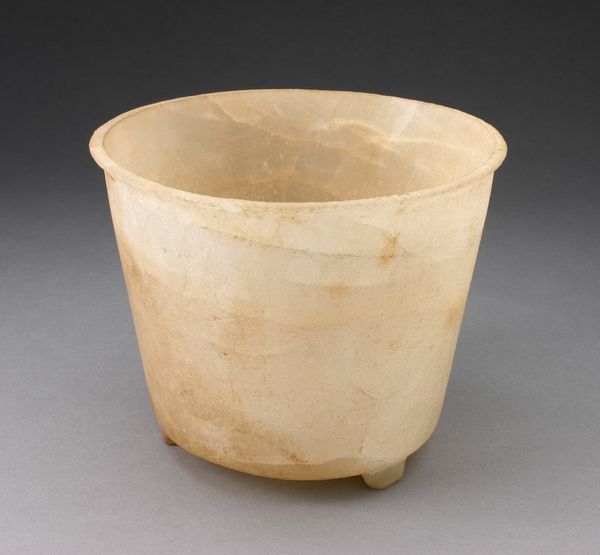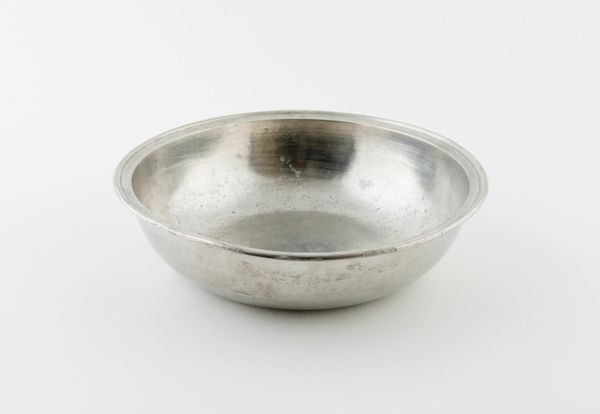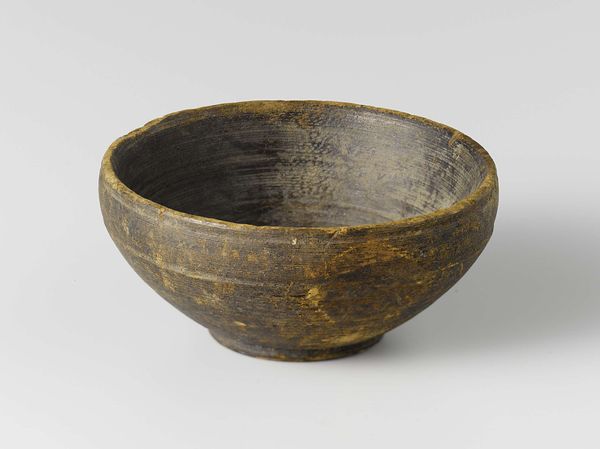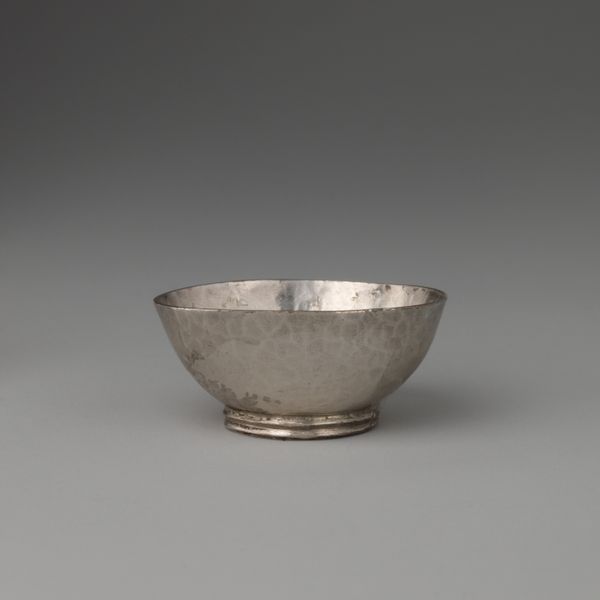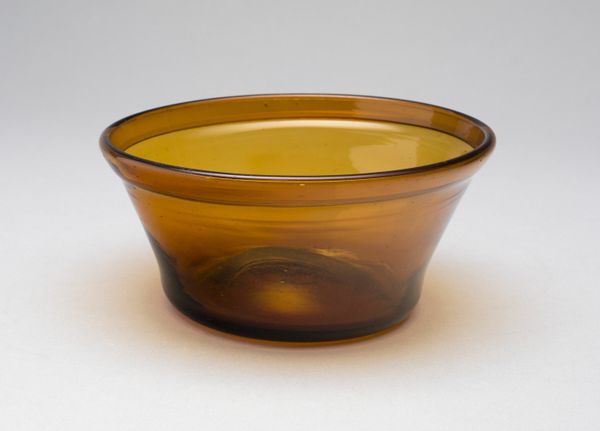
Bell-shaped cup with a landscape, the outside covered in wicker c. 1750 - 1799
0:00
0:00
anonymous
Rijksmuseum
Dimensions: height 2.9 cm, diameter 6 cm, diameter 3 cm
Copyright: Rijks Museum: Open Domain
Editor: This delicate ceramic cup, dating from the late 18th century, features an intricate landscape and is encased in wicker. The contrast between the refined ceramic and the rustic wicker gives it such a unique feel. What do you make of this piece? Curator: I'm immediately drawn to the tension between the materials. The ceramic suggests privilege, a connection to trade routes and refined taste, while the wicker speaks of domesticity, of craft, perhaps even a forced juxtaposition. I think about the anonymous artist. What role might class or access to resources have had on this creation? Did it represent upward mobility, or perhaps an ironic acknowledgement of rigid societal structures? Editor: That’s interesting, I hadn't considered the social implications of the materials. It’s in the Rococo style, so does it also have any implications for gender or the patriarchy? Curator: Absolutely, the Rococo era, though celebrated for its artistry, also upheld gendered power structures. Ceramic, often associated with the domestic sphere, might have been deemed ‘feminine’ while the craft element invites an examination of labor—was this made for or by women, and under what circumstances? The decorative landscape is in sharp contrast with the covering; where do you imagine it was placed, geographically and within a power structure? Editor: I see what you mean, I had assumed it was decorative and maybe related to the aristocracy, but I can imagine how class and even gender expectations might play a role here too! I never considered art being used this way. Curator: Precisely, it encourages us to interrogate the object beyond its immediate aesthetic appeal. I see the role of landscape represented here is related to power structures. I imagine that if this cup could talk, it would challenge what it stood for, reclaiming autonomy of use, even resistance to patriarchal dominance through the labor embedded in the handicraft Editor: Thank you for expanding my understanding. Now I know the value in asking what art meant to marginalized communities when interpreting pieces such as this.
Comments
No comments
Be the first to comment and join the conversation on the ultimate creative platform.
